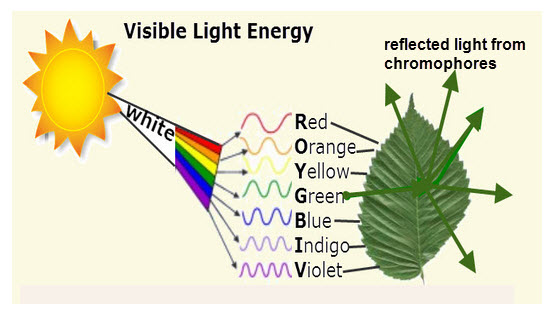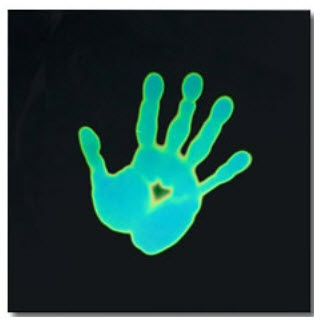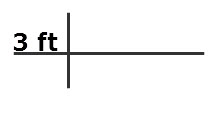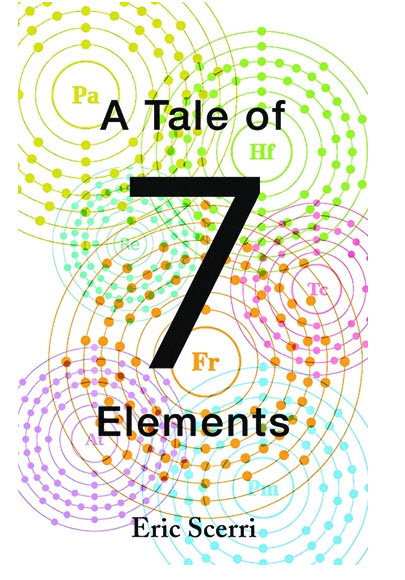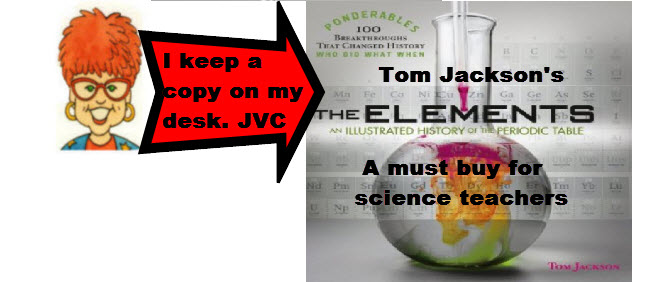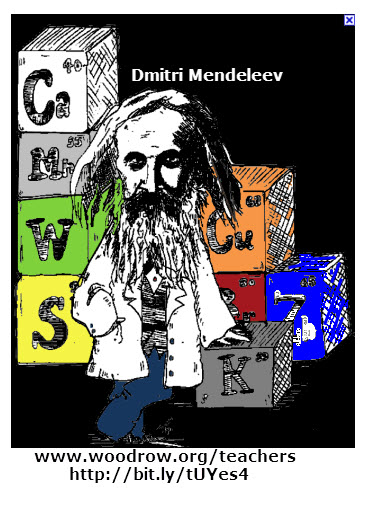Leaves are green because they contain chlorophyll, a pigment whose molecules absorb all the light energy in the visible light spectrum except the parts producing the green color of the leaf, which is reflected. Chromophore is the name of the chlorophyll functional group (aka moiety) of the chlorophyll molecule.Organic pigments (chemicals that have color) have […]
Color Changing Chemicals
Thermochromic (TC) materials change color in response to temperature changes. The two basic types of thermochromic substances are liquid crystals and Leuco dyes. Liquid Crystals (LCs) can be highly temperature sensitive, change to many colors, and are more expensive than leuco dyes. The picture shows a liquid crystal sheet. Prior to being touched with a hand, […]
Absorption:Bloated Gummi Bear
Soluble, Insoluble, Absorb, Hydrate, Dehydrate Things that dissolve in water are said to be soluble. Things that do not dissolve in water are said to be insoluble. Some things absorb water, such as paper towels and bath towels, they could be said to be hydrated. Dehydrated means to lose the absorbed water. What Happens When Gummi […]
Decoding of the Periodic Table
What Do the Numbers on the Periodic Table Mean? The red box is an enlargement of the hydrogen box from the periodic table of elements. The four identified parts for the hydrogen box shown are: 1. H, element symbol: All elements have a symbol. Some symbols have one letter and some have two letters. The […]
What is a Mole?
A mole is a chemical unit of measure. Dimensional analysis is a method used to convert one unit of measurement to another. Conversion factors are mathematical tools for converting between units of measurement. The conversion factor 1 ft = 12 inches is used to convert units of feet to units of inches or vise versa. Example: How many […]
A Tale of Seven Elements
Sam Lemonick’s review of Eric Serri’s book, “A Tale of 7 Elements” captivates the heart of the book. You will enjoy this review almost as much as you will love Eric’s book. Sam Lemonick “In 1492, Columbus sailed the ocean blue,” and discovered America. Or rather, he was the first European to reach America, where millions […]
History of the Elements
An Illustrated History of the Periodic Table This is a book that a science teacher will find hard to put down. Better than a novel. I think I might be hooked on Tom Jackson’s work. I am now curious about his books about specific elements.
Acid I.D.
Click to Run The formula for an acid has hydrogen as its positive part, such as hydrochloric acid, HCl (H+ and Cl–). An acid indicator is a chemical that changes color when added to an acid. If the indicator is dry, such as litmus paper, the paper changes color when an acid solution touches the […]
How to Develop an Experiment About Gases
Physical Properties of Gases 1. Gases take the shape and volume of their container. 2. Gases will mix evenly and completely when confined to same container. This means that if you mix two or more gases, they form a solution. Air is an example of a solution of gases, which is made up of oxygen, […]
Dmitri Mendeleev’s Periodic Table
Who Developed the Periodic Table of Elements? The periodic table of elements was designed independently about the same time by two different scientists. Credit is given to Dmitri Mendeleev, a professor of chemistry in St. Petersburg, Russia because he published the first version of the table in 1869. Julius Lothar Meyer (1830-1895), a chemistry professor […]
- « Previous Page
- 1
- 2
- 3
- 4
- 5
- …
- 19
- Next Page »
